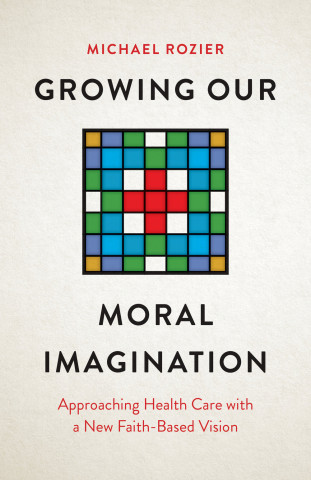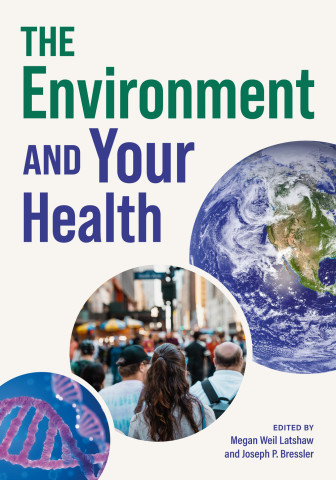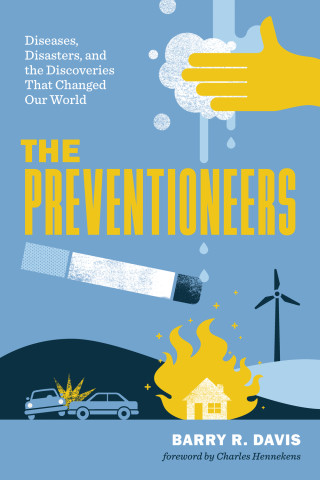
Reviews
A call to action—to provide a public health toolkit for all people who work, or care for children, from policy makers, to educators, health-care and social workers, and community leaders... [Preventing Child Trafficking is a] thorough, well researched, evidence-based book, with an impassioned argument for action.
Preventing Child Trafficking by Todres and Diaz examine what human trafficking entails and responses that need to be taken on the issue. The authors address ways that evidence-based research would be beneficial in preventing human trafficking and the methods that should be implemented. Issues raised in this book are intended for the general public, medical professionals, legislatures, and researchers. The information presented is intended to bring awareness to aid combatting human trafficking.
Todres and Diaz provide a very detailed, thoughtful analysis and cogent arguments for using a public health approach to human trafficking.
Making a compelling argument for the role of the health care system in the identification and prevention of child trafficking, as well as the treatment of those youth who are already involved, Todres and Diaz offer clear recommendations for how systems can focus on prevention and support. Students and scholars in public health, medicine, nursing, criminology, social work, and public policy will be particularly interested in this book, along with policymakers and child advocates.
A remarkable book, a fine piece of research on a topic that often remains overlooked and misunderstood. Written by two of the leading authors in this field, Preventing Child Trafficking is an important piece that not only canvasses the causes and circumstances of this heinous crime, but also develops meaningful responses that can stop trafficking from happening in the first place and enhance the rights and treatment of children.
Preventing Child Trafficking is an extremely well-researched and evidenced-based call to move beyond the current criminal justice–focused approach to fighting human trafficking in the United States. Everyone working to combat human trafficking should adopt the public health–based model laid out in this book.
Excellent analysis of child trafficking from a practical and human rights perspective! Using case studies from an adolescent health clinic, this text makes a powerful case for a public health approach to eliminate this problem. This is a must-read for policymakers and service professionals in any sector combatting child trafficking.
Preventing Child Trafficking is an invaluable resource for students and scholars alike, masterfully providing both foundational knowledge and much more complex insights on the exploitation of children in the United States.
Book Details
Acknowledgments
A Note on Case Studies and Terminology
Introduction: Child Trafficking in Our Communities
Part I. Child Trafficking and Current Responses
1. Understanding Child Trafficking: The Nature
Acknowledgments
A Note on Case Studies and Terminology
Introduction: Child Trafficking in Our Communities
Part I. Child Trafficking and Current Responses
1. Understanding Child Trafficking: The Nature and Scope of the Problem
2. The Consequences of Child Trafficking
3. Current Responses to Child Trafficking
Part II: The Public Health Approach
4. Public Health Methods and Perspectives
5. Understanding Risk Factors
6. Improving Identification: A Case Study of Health Care Settings
7. Assisting Vulnerable and Exploited Youth: Health Care Responses
Conclusion: Building an Effective Response to Child Trafficking
Appendix: Resources
Notes
Bibliography
Index







